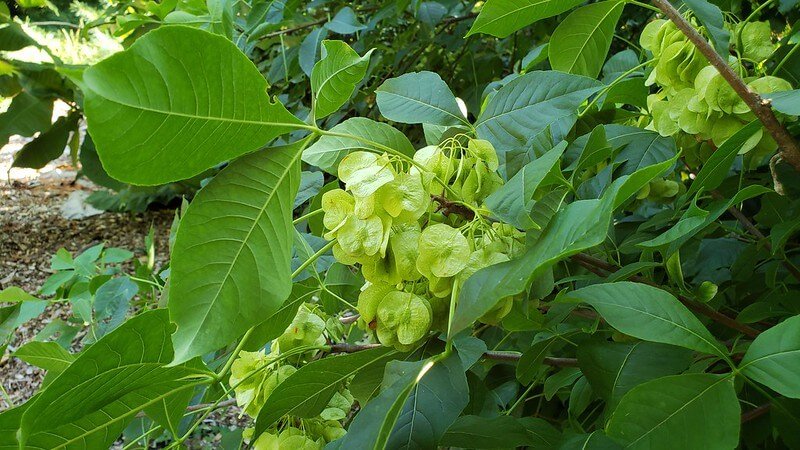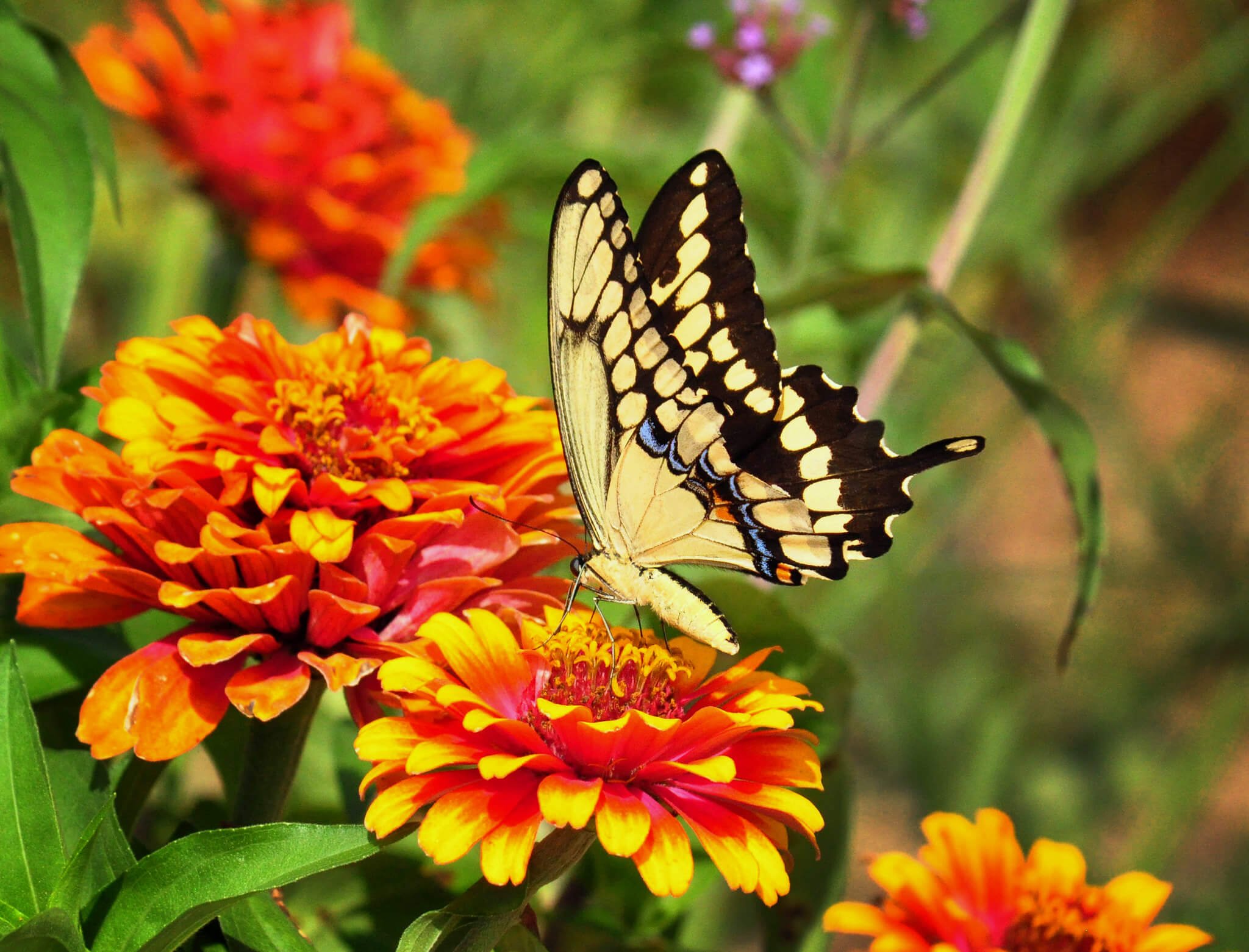Hop Tree (Ptelea trifoliata)
Hop Tree (aka Wafer-Ash) is your potential ticket to the lifecycle of the Giant Swallowtail butterfly (nwf.org)! This beauty is the largest of our native North American butterflies and a pleasure to view through all the different life phases. It is also the host plant to the Eastern Tiger Swallowtail and the flowers attract small bees that feed on the nectar of the flowers (Illinoiswildflower.info). As an added benefit, deer do not typically browse on the leaves and twigs to any significant degree, because they have a strong scent and bitter taste.
Photo credit: John Blair (2-4)
Hop Tree (aka Wafer-Ash) is your potential ticket to the lifecycle of the Giant Swallowtail butterfly (nwf.org)! This beauty is the largest of our native North American butterflies and a pleasure to view through all the different life phases. It is also the host plant to the Eastern Tiger Swallowtail and the flowers attract small bees that feed on the nectar of the flowers (Illinoiswildflower.info). As an added benefit, deer do not typically browse on the leaves and twigs to any significant degree, because they have a strong scent and bitter taste.
Photo credit: John Blair (2-4)
Hop Tree (aka Wafer-Ash) is your potential ticket to the lifecycle of the Giant Swallowtail butterfly (nwf.org)! This beauty is the largest of our native North American butterflies and a pleasure to view through all the different life phases. It is also the host plant to the Eastern Tiger Swallowtail and the flowers attract small bees that feed on the nectar of the flowers (Illinoiswildflower.info). As an added benefit, deer do not typically browse on the leaves and twigs to any significant degree, because they have a strong scent and bitter taste.
Photo credit: John Blair (2-4)
Life Cycle: Perennial
Sun Exposure: Partial-Shade, but can tolerate full sun
Soil Moisture: Medium-dry, Dry
Height: Up to 20 feet
Plant Spacing: 15-20 feet
Bloom Time: June
Bloom Color: Greenish white
Advantages: Pollinator Favorite, Bird Favorite, Great Landscaping plant
Host Plant: Eastern Tiger Swallowtail, Giant Swallowtail, and 5 other species of butterflies and moths use this as a caterpillar host plant in our area (nwf.org)





